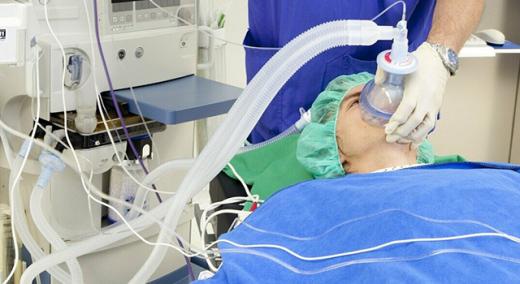Imagine you’re a patient going in for any medical procedure. You probably think very little about the risks of the medical device being used on you. Generally, patients trust clinicians’ expertise and seldom wonder if the products being used have undergone rigorous testing and are proven to be safe and effective. Patients also, often unknowingly, accept the risks associated with the device.
|
ADVERTISEMENT |
This is precisely why risk management is so essential to the medical device industry.
Risk management activities can be tedious but are essential for ensuring a device functions as intended to save lives. There are many factors to consider when managing the risk of a medical device, with risk controls as one of the most important. Risk controls are defined in ISO 14971:2019, the international standard for medical device risk management, as the measures taken to reduce identified risks to acceptable levels.
…

Add new comment